The following is from Fr. Thomas Walsh's History of the Irish Hierarchy, published in New York in 1854, chapter xlviii, at p. 483-6:
St Brigid the foundress of Kildare and the patroness of the church of Ireland was descended of an illustrious family of Leinster. Her father Dubhtach was of royal blood being of the race of Eochad, brother to the celebrated Con of the hundred battles. Her mother Brocessa was of the noble house of O Connor in the southern part of the territory of the Bregii between Dublin and Drogheda. Both were Christians according to the most creditable account. The mother of the holy virgin is everywhere spoken of as the wife of Dubhtach and consequently it cannot be admitted that St. Brigid was of illegitimate birth. Her father is represented as a noble and pious man still more noble through his spouse and their holy offspring: Dubhtachus ejus erat genitor cognomine dictus clarus h omo meritis clarus et a proavis Nobilis atque humilis mitis pietate re pletus Nobilior propria conjuge prole pia Nor could such an assertion be reconciled with the circumstance of the parents having been Christians and strict ones as then were in Ireland nor with the rank of her mother's family. Usher, Ware and others have passed over the narrative of this circumstance as undeserving of notice.
St. Brigid was born at Faughert about two miles north of Dundalk and in a district which was formerly considered a part of Ulster. Various are the surmises regarding the year of her birth but it may with Usher be assigned to the year 453. Adhering to this computation she was twelve years of age or allowing her birth to have occurred in 451, the earliest assigned, she was in the fourteenth year of her life when St. Patrick died AD 465, neither does St. Brigid in the most consistent and authentic account of St. Patrick appear to have been consecrated a virgin nor to have founded a monastery during the lifetime of the apostle. She may have been known to him on account of her singular sanctity conspicuous even in her early life. In the tripartite life of St. Patrick mention is made only once of St. Brigid when it relates that the saint listening to a sermon of St. Patrick's fell asleep and was favored with a vision relative to the then state of the Irish church and its future vicissitudes. St. Patrick desiring her to tell what she saw Brigid informed him that she at first saw a herd of white oxen amidst white crops then spotted ones of various colours after which appeared black and dark coloured oxen these were succeeded by sheep and swine wolves and dogs jarring with each other. The Almighty conceals from the wise and imparts to the little ones in whom there is no guile the secrets of his ways and while the scribes and pharisees and the other enemies of our Redeemer were contriving plans to ensnare the Son of God and put him to death the children of Juda received him in triumph exclaiming Hosanna to the Son of David. In the narrative then of this vision there is nothing repugnant to the councils of God.
Our patroness received a good education and to singular modesty and propriety of manners united an extraordinary degree of charity towards the poor. Instances are related of the interposition of Providence in replenishing the store which she applied to her benevolent purposes. When arrived at a proper age her parents were anxious to have her settled in the married state but she announced her resolve to remain a virgin to which they assented. She then applied to the holy bishop St. Maccailleus who being well assured of her good disposition admitted her into the number of sacred virgins by covering her with a white cloak and placing a white veil over her head. This occurrence is said to have taken place at Usny hill, Westmeath, where probably the holy bishop resided or was engaged in the exercise of his pastoral functions. St. Brigid must have been then in the sixteenth year of her age as that was the earliest at which the ceremony of admission was permitted. We are assured that when kneeling at the foot of the altar during the time of her profession the part on which she knelt being of wood recovered its original freshness and continued green to a very late period. It is also related that seven or eight other virgins assumed the veil with her and that some of them together with their parents besought her to remain with them in their country a wish with which she complied and being named to govern her companions by the bishop she remained for some time in a place which the bishop assigned them in his district supposed to have been about Kilbeggan in Westmeath.
In her new position the fame of her sanctity spread far and near and crowds of young women and widows applied to her for admission into her convent. As it would be inconvenient to assemble so many persons in one place and as the good of the church required that those pious ladies should be established in other districts and of which they might have been natives we find St. Brigid visited other parts of the country Teffia of which St. Mel was bishop having been the first. Erc the bishop of Slane was one of her friends whom she is said to have accompanied to Munster when paying a visit to his relatives as he was of that country. A synod having been held in the plain of Femyn Erc spoke highly of St. Brigid and of the miraculous powers with which she was endowed by the Almighty. Thence she is said to have gone with her female companions to the house of a person with whom she spent a considerable time and who lived near the sea. In those early days of the church of Ireland before the erection of nunneries virgins consecrated to God were wont to live with their friends and relatives and could as often as duty required appear their virtue and sanctity being, as Fleury observes, their cloister.
We next find her in the plain of Cliach in the county of Limerick where she obtained it is said from a chieftain liberty for a man whom he held in chains. From that country she went to the territory of Labrathi Hy Kinsellagh in south Leinster and tarried there for some time having not seen her father for several years she thence proceeded to his residence to pay him a visit and after a short stay set out for Connaught and fixed her residence together with some ladies of her institution in the plain of Magh ai or Hai in the level country of Roscommon. While in this territory she was occupied in forming various establishments for persons of her own sex according to the rule she had drawn up. As the great reputation of St. Brigid and the supernatural gifts with which she was endowed attracted persons from all parts of Ireland to the place of her residence. The people of Leinster thought that they were best entitled to her services as being of a Leinster family. They accordingly sent a deputation to the part of Connaught where she then was consisting of several respectable persons and friends of hers to request that she would come and fix her residence among her own people. She acceded to their wishes and having arrived in that district was received with the greatest joy she was immediately provided with a residence for herself and the pious companions of her journeys and to which was annexed some land as a help towards the maintenance of her establishment this place obtained the name of Kildare there being a large oak tree near her habitation.
St. Brigid and her nuns were poor and frequently alms were brought to her nunnery still whatever she possessed she liberally shared with the poor and it is said that in order to find relief for the destitute she gave in charity some very valuable vestments the bishops used to wear on solemn festivals to strangers and particularly bishops and religious persons she was particularly hospitable her humility was so great that she occasionally tended the cattle on her land. The establishment at Kildare being resorted to from all quarters it became necessary to enlarge the buildings in proportion to the number of her nuns and postulants as well as provide for the spiritual direction and assistance both for the institution itself and its frequent visitors. And knowing that such an advantage could not be efficiently supplied without a bishop she applied and procured the appointment of a holy man to preside over the nascent church of Kildare and the others belonging to her institute. Some privilege of this sort existed in the days of Cogitosus as Kildare was the ecclesiastical metropolis of Leinster. This is perhaps one of the earliest instances of religious being exempted from the jurisdiction of the ordinary or the bishop of the district in which such houses were situated. Conlaeth was the person whom St. Brigid recommended as worthy of being raised to the exalted dignity of bishop. In his transit to the other life St. Conlaeth, bishop of Kildare, preceded the holy foundress, having died on the 3d of May, 519. The nunnery of Kildare was founded about the year 487. St Brigid died on the 1st of February, 525, as St Columbkille is said to have been born four years prior to the death of our national patroness AD 521.
Event: Conference on the 150 Years of G.K.Chesterton - London, June 1st,
2024
-
The Corner Cabinet magazine is organizing a conference in London on June
t1st hat will delve into Chesterton's enduring influence on literature,
philosophy...
26 minutes ago

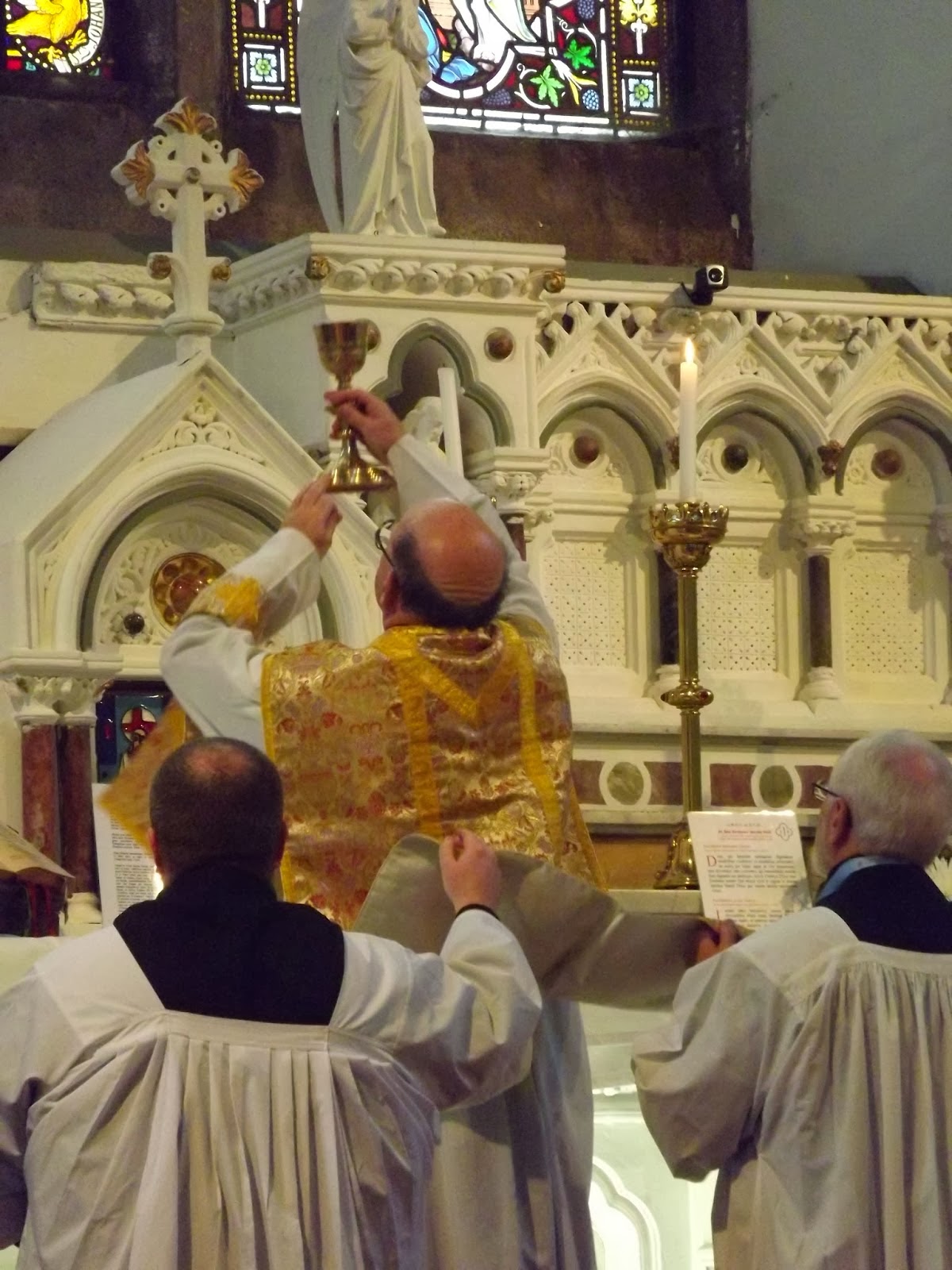

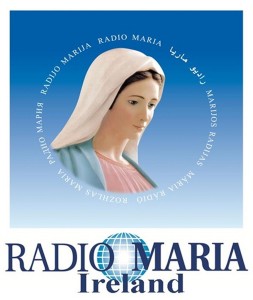




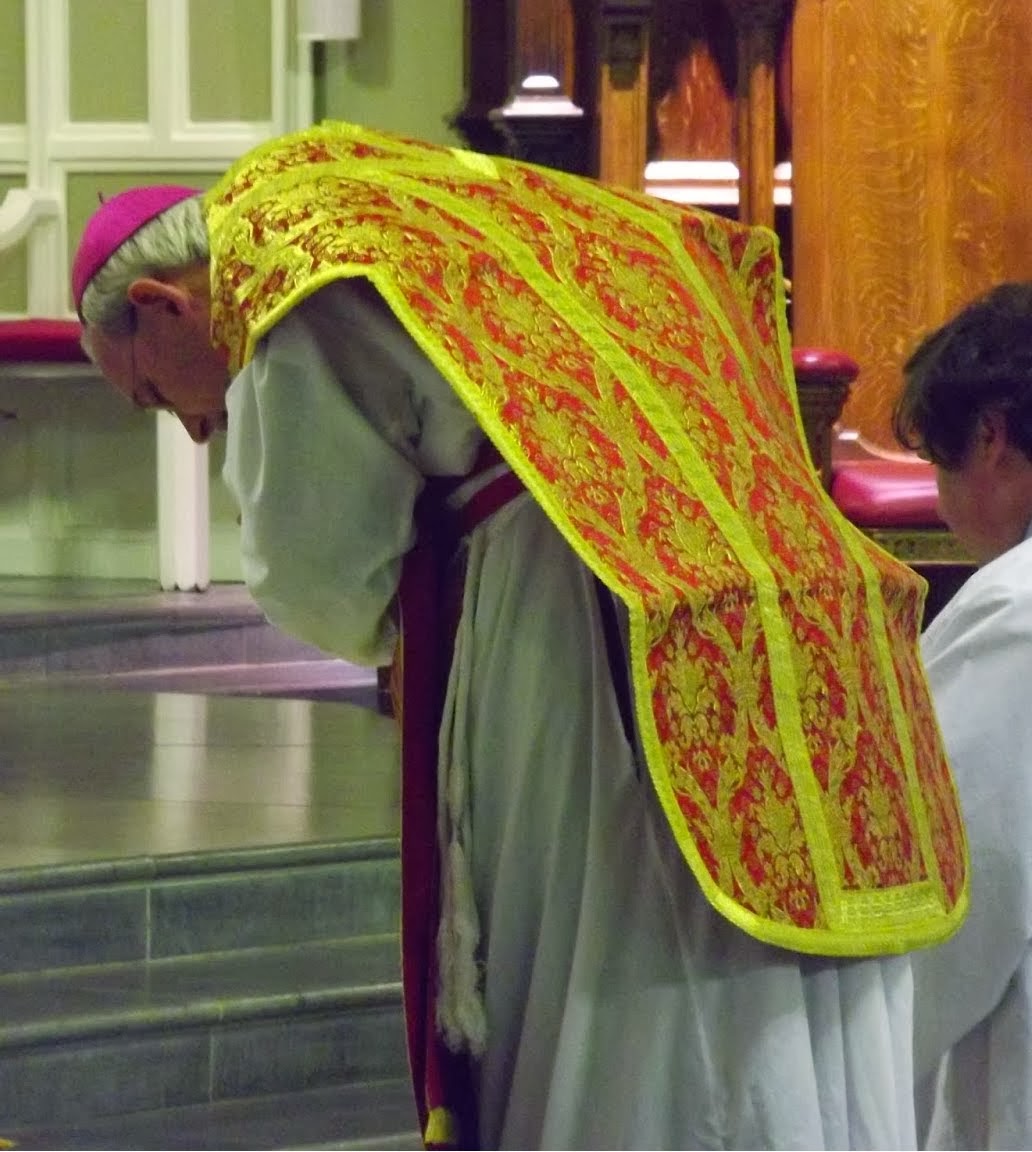
































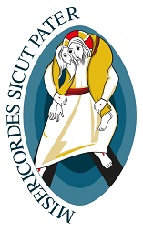
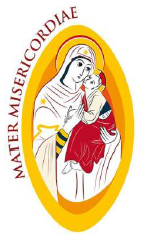
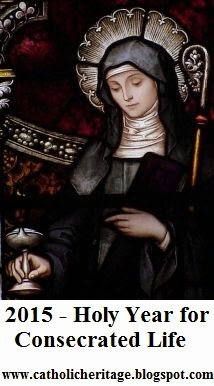
No comments:
Post a Comment